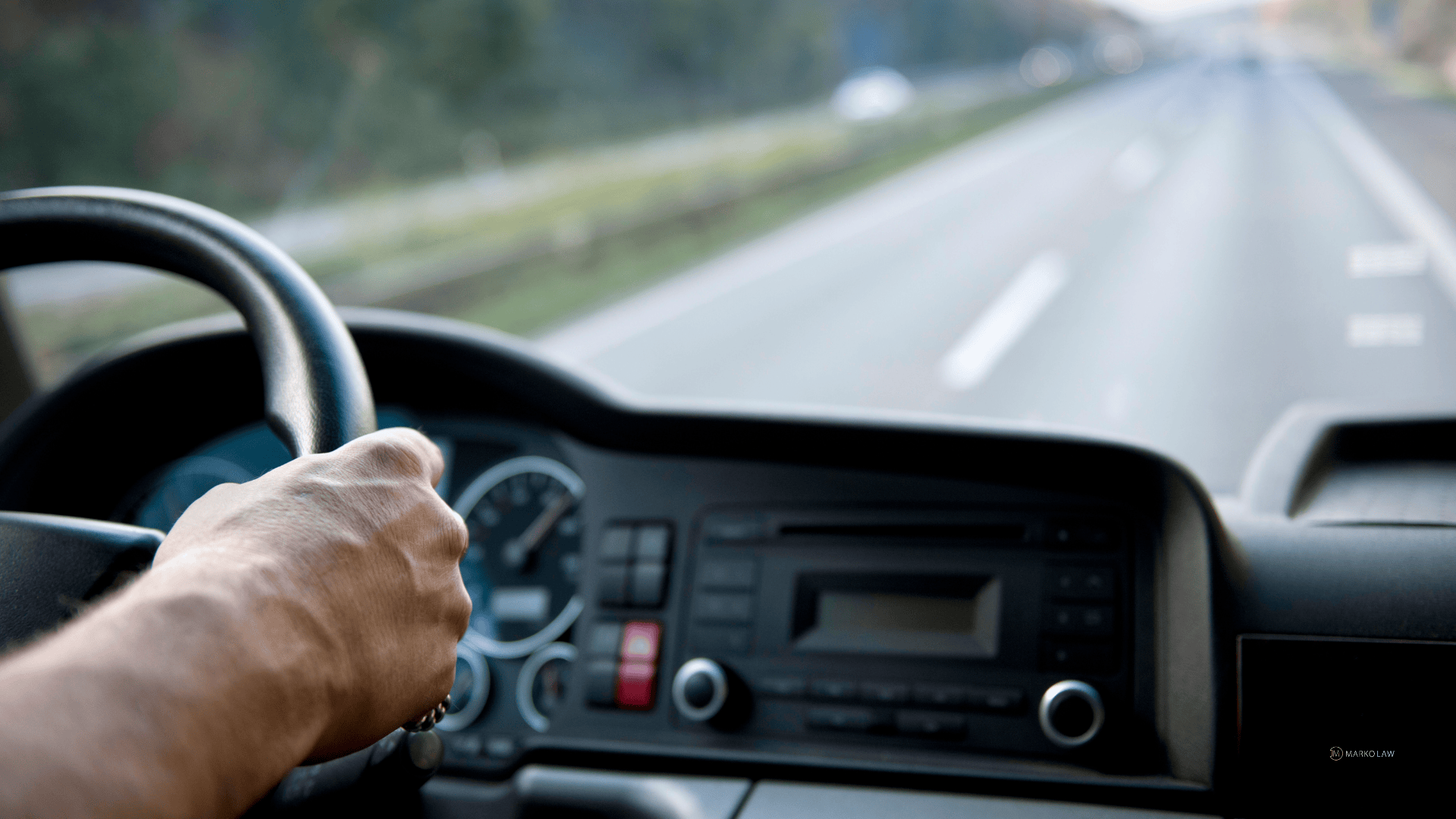Taking Steps for Safety: Pedestrian Awareness and Legal Rights on Walk to Work Day
Walk to Work Day, celebrated annually on the first Friday of April, encourages individuals to ditch their cars and commute to work on foot. This day serves as a reminder of the benefits of walking, not only for personal health but also for environmental sustainability. However, beyond the physical benefits of walking, Walk to Work Day also underscores the importance of pedestrian awareness and safety.
Walk to Work Day is a global event that promotes walking as a healthy and environmentally friendly mode of transportation. Originating in the United States, this day has gained popularity worldwide, with communities and organizations organizing various activities to encourage people to walk to their workplaces.
Pedestrian awareness and safety are paramount, especially in urban areas where traffic congestion and busy streets can pose risks to walkers. According to the World Health Organization (WHO), pedestrian deaths account for a significant portion of road traffic fatalities globally, highlighting the need for increased awareness and safety measures.
As more people participate in Walk to Work Day and choose walking as their mode of commute, it becomes crucial to prioritize pedestrian safety. By raising awareness about pedestrian rights and responsibilities, individuals can help create safer streets and communities for everyone.
Pedestrian safety isn't just a concern for walkers themselves; it also impacts drivers, cyclists, and other road users. Being mindful of pedestrians and respecting their rights on the road can help prevent accidents and promote harmonious coexistence among all road users.
Pedestrian Safety
Pedestrian safety refers to the measures and practices aimed at protecting individuals who are walking or traveling on foot. It encompasses a range of strategies and considerations designed to minimize the risk of accidents, injuries, and fatalities involving pedestrians.
Pedestrians face various risks and hazards while navigating streets and roadways, including:
Traffic Accidents: Pedestrians are vulnerable to collisions with motor vehicles, bicycles, and other forms of transportation. Factors such as speeding, distracted driving, and failure to yield right-of-way contribute to the risk of accidents.
Unsafe Infrastructure: Inadequate pedestrian infrastructure, such as poorly designed crosswalks, lack of sidewalks, and insufficient lighting, increases the risk of accidents and injuries for pedestrians.
Distracted Walking: Just as distracted driving poses risks on the road, distracted walking, such as using mobile phones or wearing headphones while walking, can impair awareness and increase the likelihood of accidents.
Weather Conditions: Adverse weather conditions, such as rain, snow, or fog, can reduce visibility and create slippery surfaces, posing additional risks to pedestrian safety.
Legal Rights and Responsibilities of Pedestrians
Pedestrian Rights under Traffic Laws
- Right-of-Way: Pedestrians generally have the right-of-way at crosswalks and intersections, meaning that vehicles must yield to pedestrians who are lawfully crossing the street.
- Crosswalk Usage: Pedestrians have the right to use crosswalks and pedestrian crossings to safely navigate intersections and roadways. Drivers are required to stop and allow pedestrians to cross when they are within marked or unmarked crosswalks.
- Sidewalk Access: Pedestrians have the right to use sidewalks and pedestrian pathways to travel safely alongside roadways. Drivers must yield to pedestrians when entering or exiting driveways, alleys, or parking lots.
Responsibilities for Obeying Traffic Signals and Signs
- Obeying Traffic Signals: Pedestrians must obey traffic signals and pedestrian crossing signals, such as "walk" and "don't walk" indicators, to safely navigate intersections. Proceeding against a signal may put pedestrians at risk of accidents with vehicles.
- Crossing Safely: Pedestrians should only cross streets at designated crosswalks and pedestrian crossings where traffic signals or signs indicate it is safe to do so. Jaywalking, or crossing mid-block where there are no designated crossings, increases the risk of accidents.
- Exercising Caution: Pedestrians should exercise caution and vigilance when crossing streets, even when they have the right-of-way. Making eye contact with drivers, checking for turning vehicles, and avoiding distractions can help prevent accidents.
Legal Protections for Pedestrians in Case of Accidents or Injuries
- Negligence Claims: Pedestrians who are injured due to a driver's negligence, such as speeding, failure to yield, or distracted driving, may pursue compensation through personal injury claims.
- Comparative Fault: In some cases, pedestrians may be partially at fault for accidents. However, many states follow comparative fault laws, which allow injured pedestrians to recover damages proportionate to their level of fault.
- Insurance Coverage: Pedestrians injured in accidents involving motor vehicles may be eligible for compensation through the driver's auto insurance policy. Personal injury protection (PIP) coverage typically extends to pedestrians injured in accidents.
Responsibilities of Drivers towards Pedestrians
Duty to Yield to Pedestrians at Crosswalks and Intersections
Drivers have a legal obligation to yield to pedestrians at crosswalks and intersections, where pedestrians have the right-of-way. This means that drivers must stop and allow pedestrians to cross the street safely before proceeding. Failing to yield to pedestrians in crosswalks can result in accidents and injuries, as well as legal consequences for the driver.
Obeying Speed Limits and Yielding Right-of-Way in Pedestrian Zones
Drivers are required to adhere to posted speed limits and exercise caution when driving in pedestrian zones, such as school zones, residential areas, and areas with heavy pedestrian traffic. Slowing down and yielding right-of-way to pedestrians in these areas reduces the risk of accidents and ensures the safety of everyone on the road.
Importance of Remaining Attentive and Avoiding Distractions while Driving
Remaining attentive and avoiding distractions while driving is essential for the safety of pedestrians and other road users. Distractions such as texting, talking on the phone, or adjusting the radio can divert a driver's attention away from the road, increasing the likelihood of accidents involving pedestrians. Drivers must stay focused on the task of driving and be vigilant for pedestrians at all times.
Tips for Safe Walking Commutes
Use Designated Crosswalks and Pedestrian Crossings
Using designated crosswalks and pedestrian crossings is essential for safely navigating intersections and roadways. Crosswalks are marked areas specifically designated for pedestrians to cross the street, and they often include traffic signals or signs to indicate when it's safe to cross. By using designated crossings, pedestrians can ensure they are visible to drivers and minimize the risk of accidents.
Stay Alert and Aware of Surroundings, Including Vehicles and Other Pedestrians
Remaining alert and aware of one's surroundings is crucial for pedestrian safety. Pedestrians should constantly scan their environment for potential hazards, including oncoming vehicles, turning vehicles, and other pedestrians. By staying vigilant and paying attention to traffic patterns, pedestrians can anticipate potential dangers and take evasive action to avoid accidents.
Avoid Distractions Such as Texting or Wearing Headphones While Walking
Distractions such as texting, talking on the phone, or wearing headphones can impair a pedestrian's awareness and increase the risk of accidents. When walking, pedestrians should refrain from using electronic devices or engaging in activities that divert their attention away from the road. By remaining focused on the task of walking and being mindful of their surroundings, pedestrians can reduce the likelihood of accidents and ensure their safety on the road.
Advocacy and Community Engagement
Promoting Pedestrian Safety Awareness Campaigns
Promoting pedestrian safety awareness campaigns is essential for raising awareness about the importance of pedestrian safety and educating the community about safe walking practices. These campaigns can include public service announcements, social media campaigns, and community events aimed at promoting pedestrian awareness and encouraging safe walking habits. By advocating for pedestrian safety awareness, individuals and organizations can help foster a culture of safety and responsibility among pedestrians and drivers alike.
Collaborating with Local Authorities and Organizations to Improve Pedestrian Infrastructure
Collaborating with local authorities and organizations to improve pedestrian infrastructure is crucial for creating safer walking environments. This may involve advocating for the implementation of pedestrian-friendly infrastructure, such as sidewalks, crosswalks, pedestrian signals, and traffic calming measures. By working together with local stakeholders, including city planners, transportation agencies, and community organizations, individuals can help identify areas for improvement and advocate for pedestrian-friendly policies and infrastructure improvements.
Encouraging Active Participation in Community Walkability Initiatives
Encouraging active participation in community walkability initiatives is another effective way to promote pedestrian safety and create pedestrian-friendly communities. These initiatives may include community walks, pedestrian safety workshops, neighborhood clean-up events, and advocacy campaigns focused on improving walking conditions. By engaging community members in these initiatives, individuals can raise awareness about pedestrian safety issues, foster community involvement, and advocate for positive changes that enhance pedestrian safety and walkability.









.svg)








